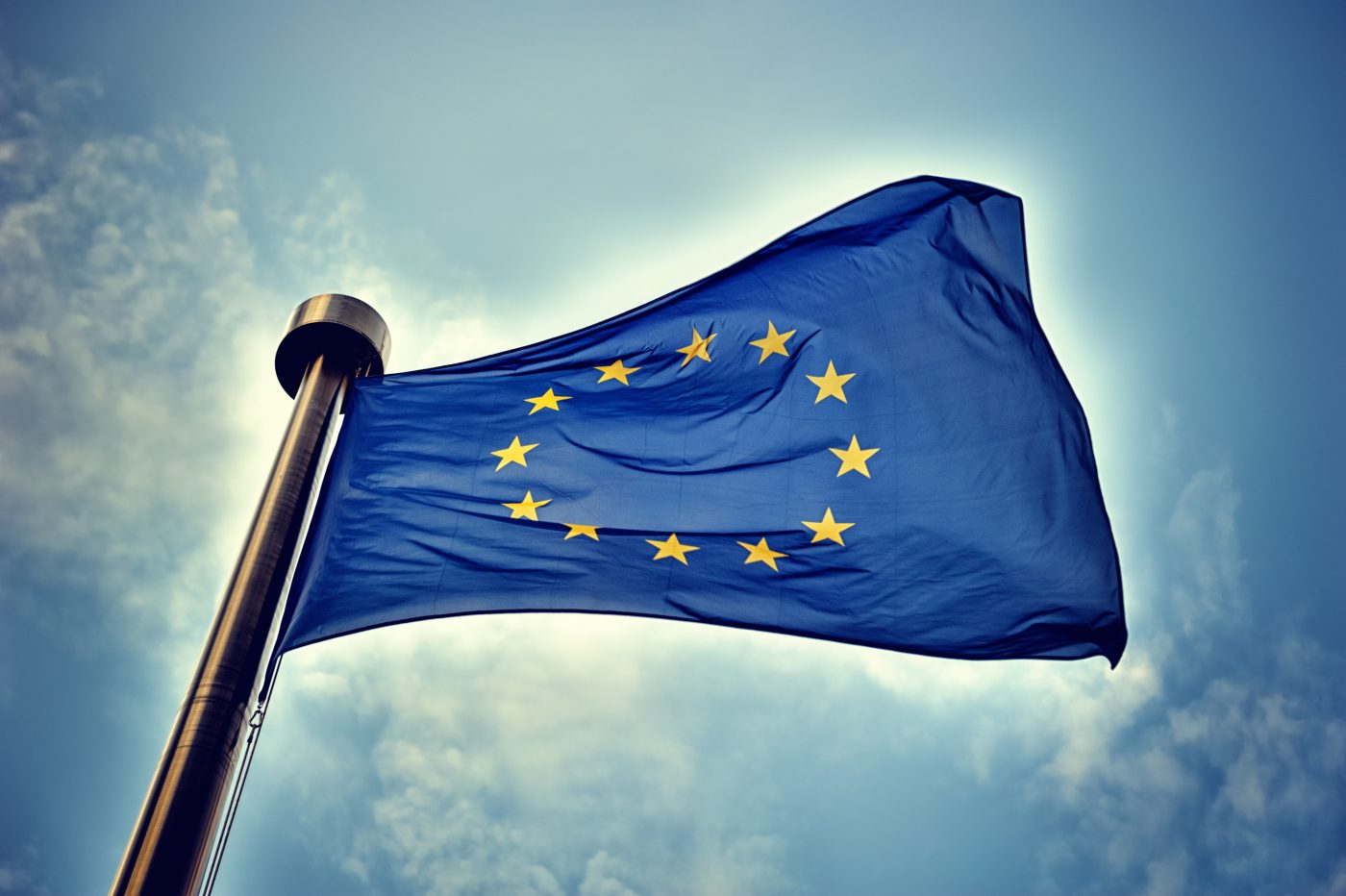EU Approval Recommended for Benlysta to Treat Children with SLE

The Committee for Medicinal Products for Human Use (CHMP), an arm of the European Medicines Agency (EMA), recommended the approval of Benlysta (belimumab) as an add-on therapy for children age 5 and older with systemic lupus erythematosus (SLE) and high disease activity.
The European Commission will now review CHMP’s positive opinion and decide whether to grant a marketing authorization. If approved, Benlysta would become the first therapy for children with active SLE in Europe, according to a press release from the medicine’s marketer, GlaxoSmithKline (GSK).
This favorable opinion follows the U.S. approval of Benlysta for children of the same age, announced in April. An intravenous (into the vein) formulation was approved in both the U.S. and the EU in 2011 for adults with SLE. A self-administered, subcutaneous — under-the-skin — formulation has been available in Europe since 2017.
Benlysta is a monoclonal antibody intended to block the B-lymphocyte stimulator (BLyS), or B cell-activating factor. That is a protein implicated in immune B-cell differentiation and in the production of autoantibodies associated with SLE. By binding to BLyS, Benlysta suppresses the survival of autoreactive B-cells and the differentiation of B-cells into antibody-producing cells.
The data supporting this recommendation are derived from the multi-center, randomized, double-blind PLUTO Phase 2 trial (NCT01649765). That study enrolled 13 patients ages 5-11, and 80 aged 12–17 years. All participants had active SLE disease, as assessed with a SELENA-SLEDAI score not of at least 6.
PLUTO was designed to analyze the efficacy, safety, and pharmacokinetics of adding a 10 mg/kg infusion of Benlysta to standard therapy over 52 weeks. Pharmacokinetics refers to how a compound is absorbed, distributed, metabolized, and eliminated by the body.
The results revealed that the proportion of patients with a clinically meaningful reduction in disease activity — measured by the SLE responder index — was significantly greater in the group given Benlysta than in children on standard therapy and a placebo (52.8% vs. 43.6%). Children taking Benlysta also were 62% less prone to severe disease flare-ups, and were free of such attacks for longer periods compared with the controls (160 days vs. 82 days).
As for safety, 79.2% of the patients on Benlysta experienced more than one adverse event, compared with 82.5% of those on a placebo. In turn, 17% of the children on Benlysta and 35% of those on a placebo experienced a serious adverse event. No new safety signals were found in children ages 12 and older.





